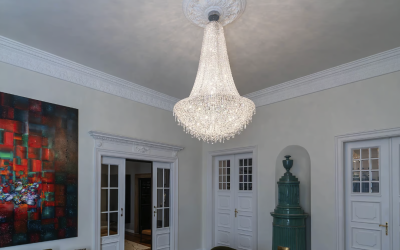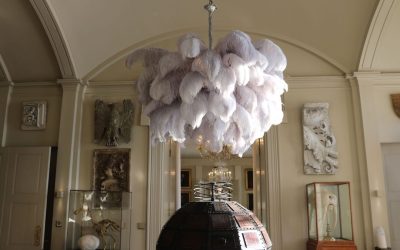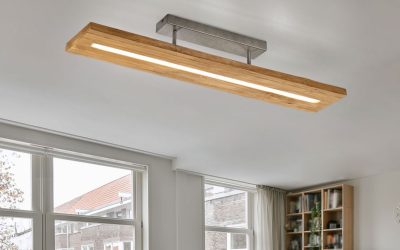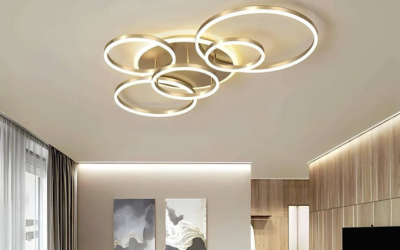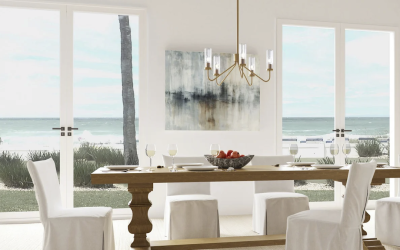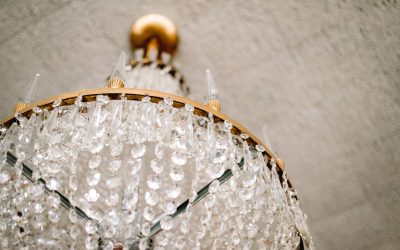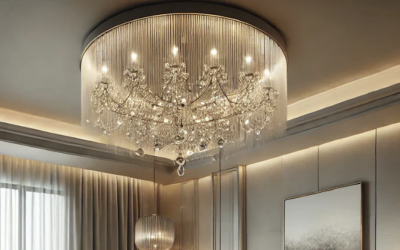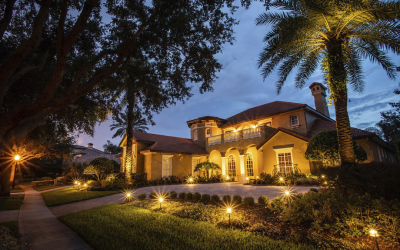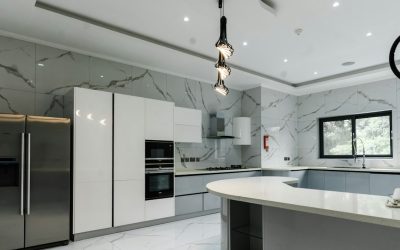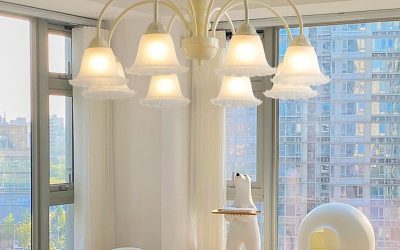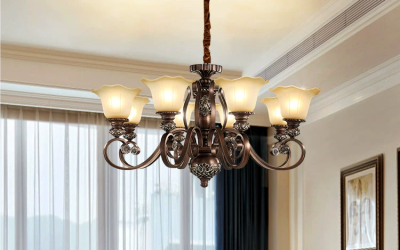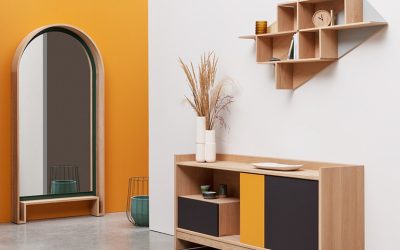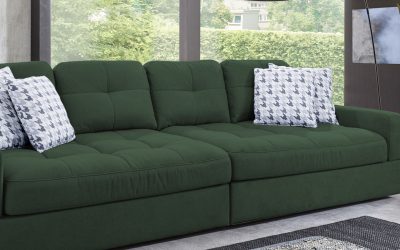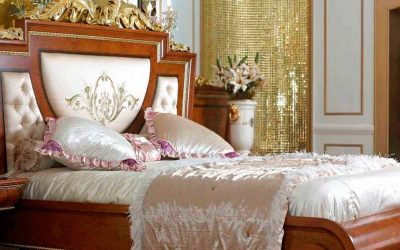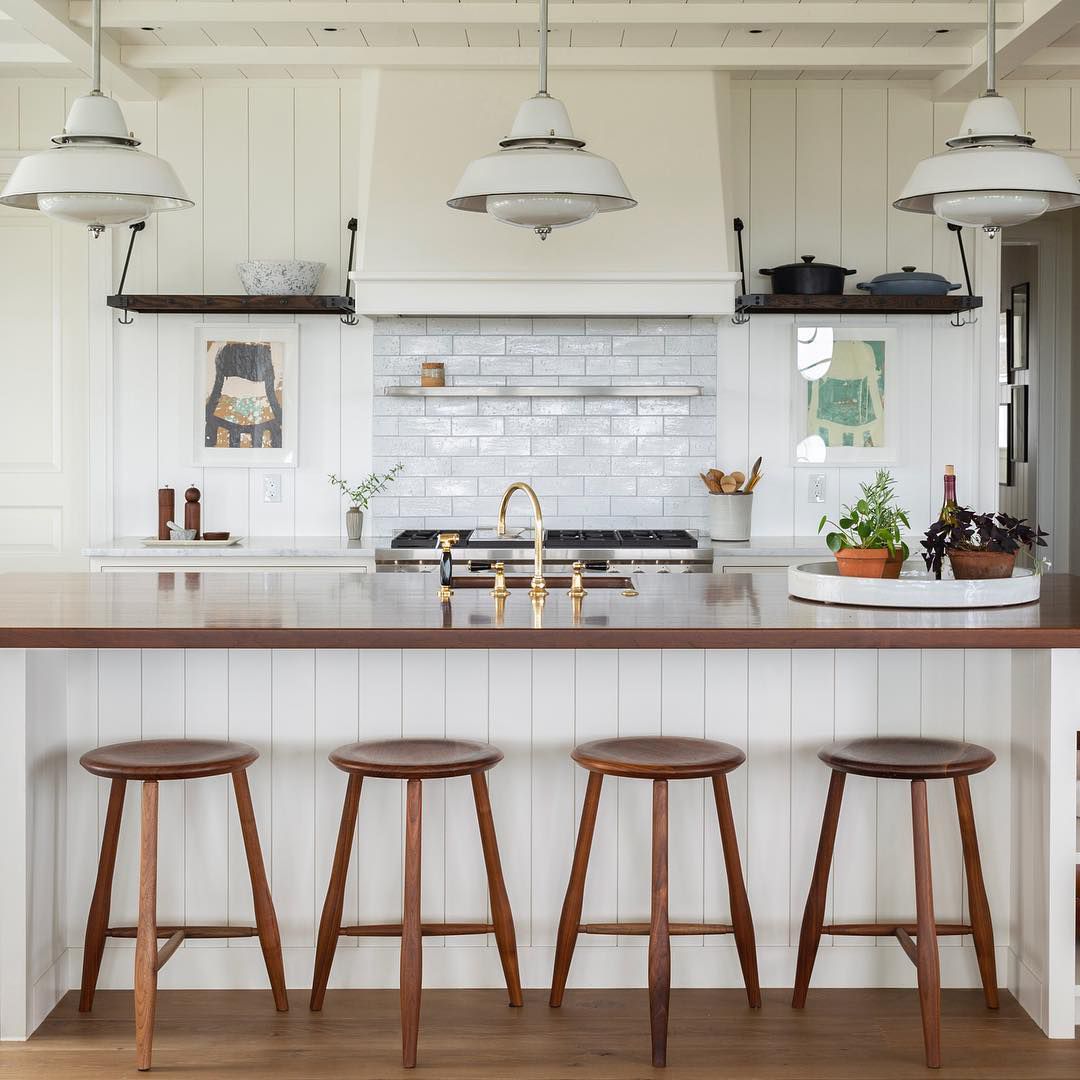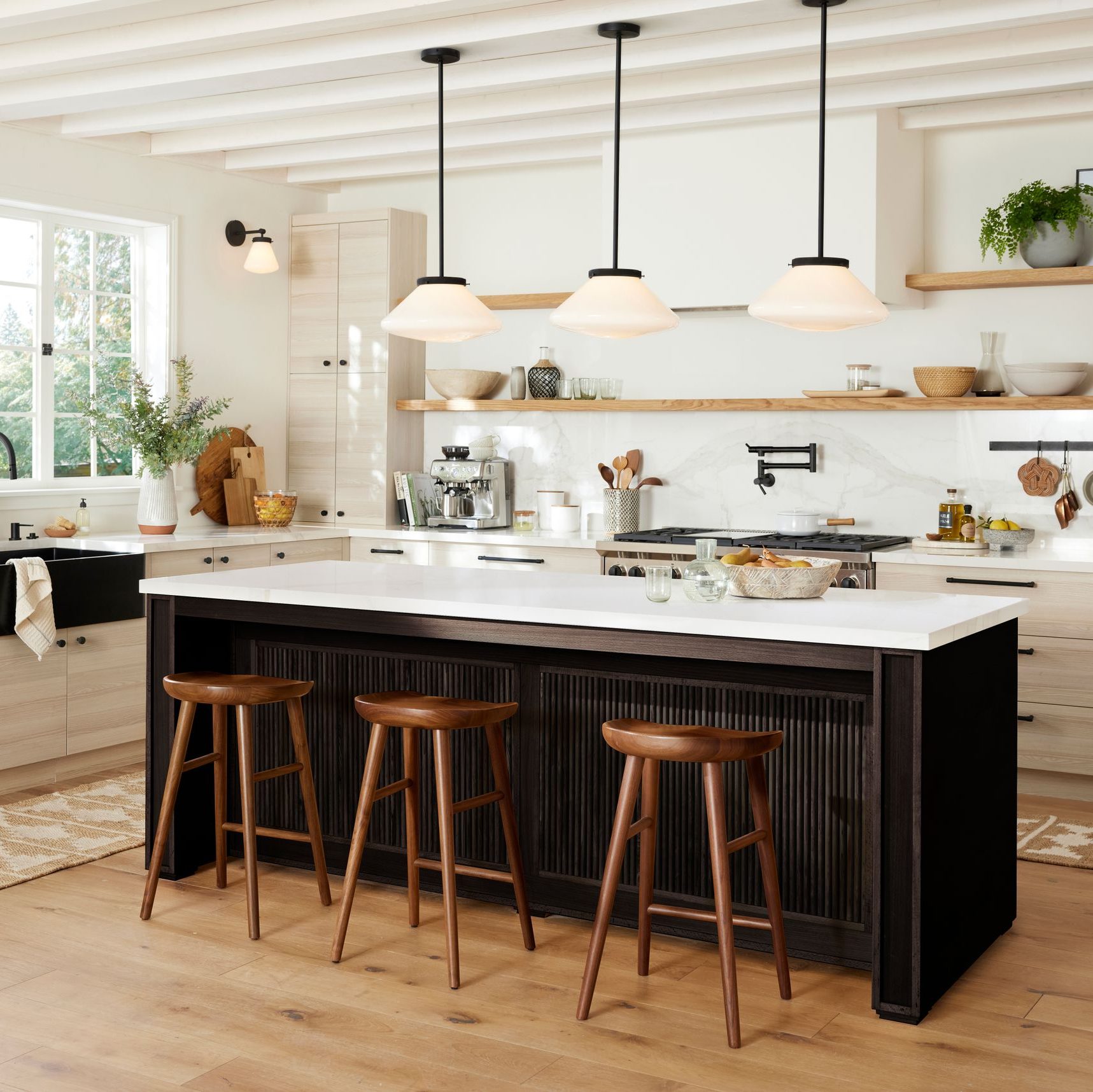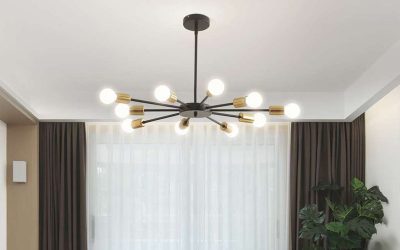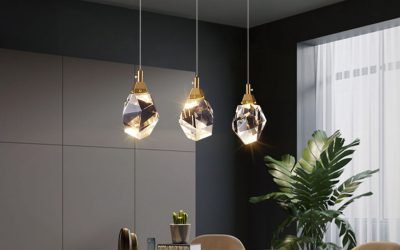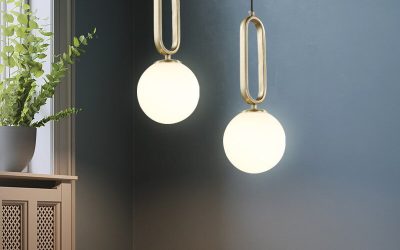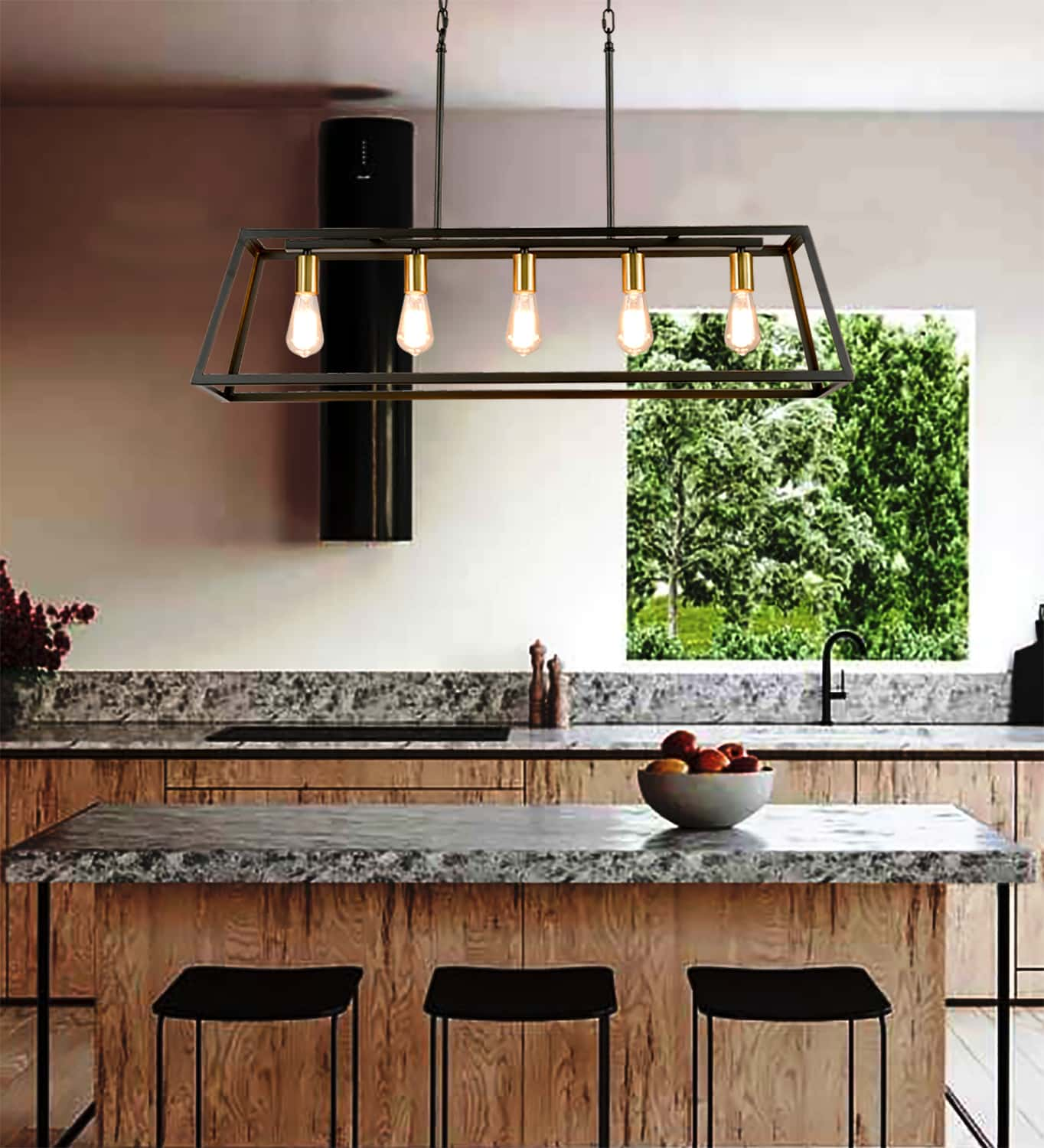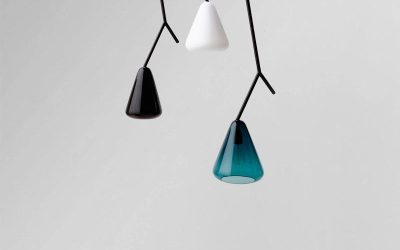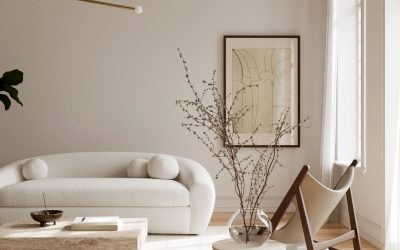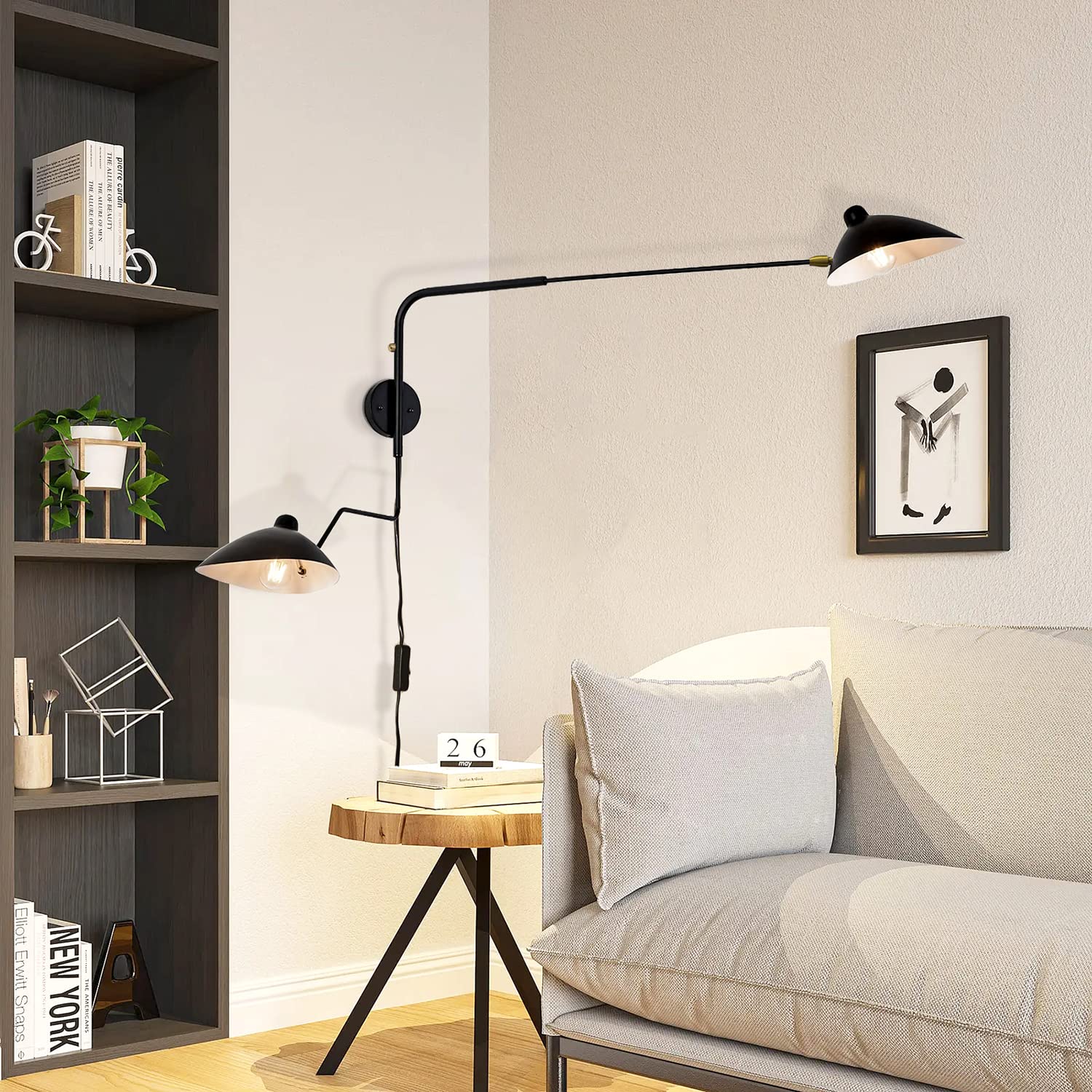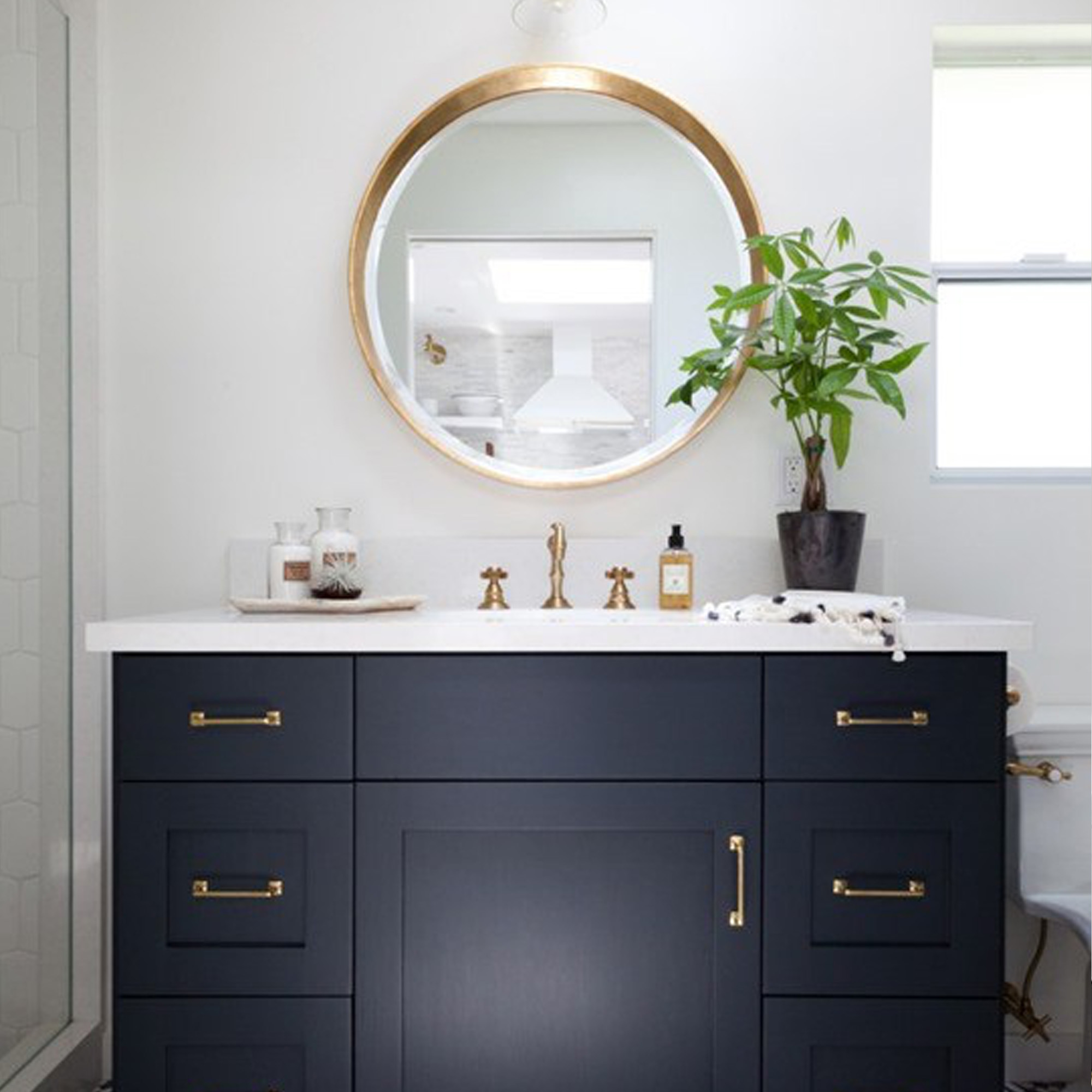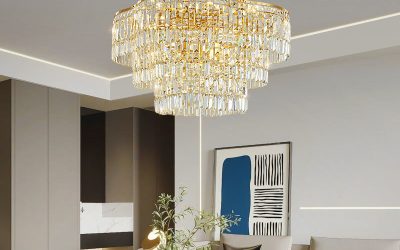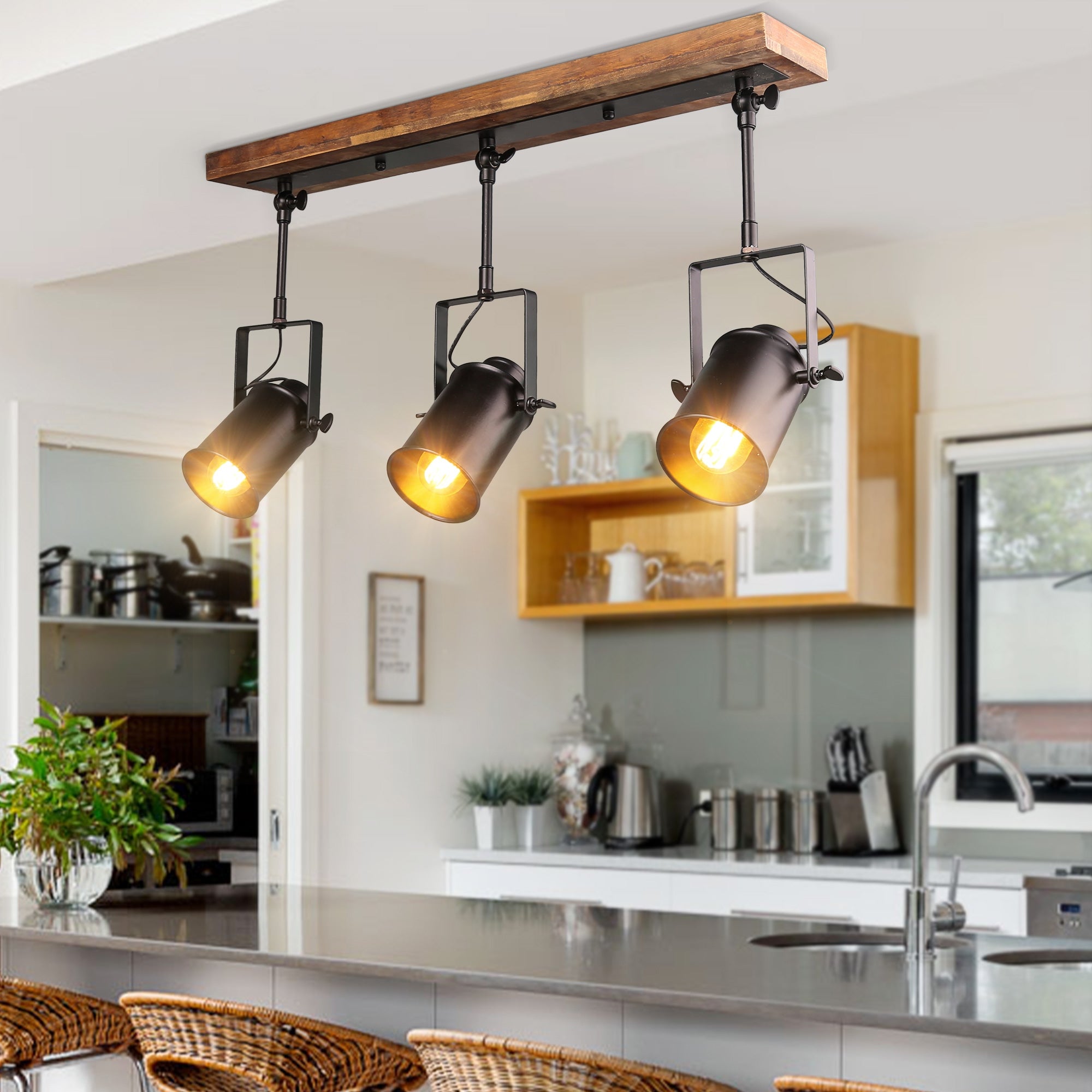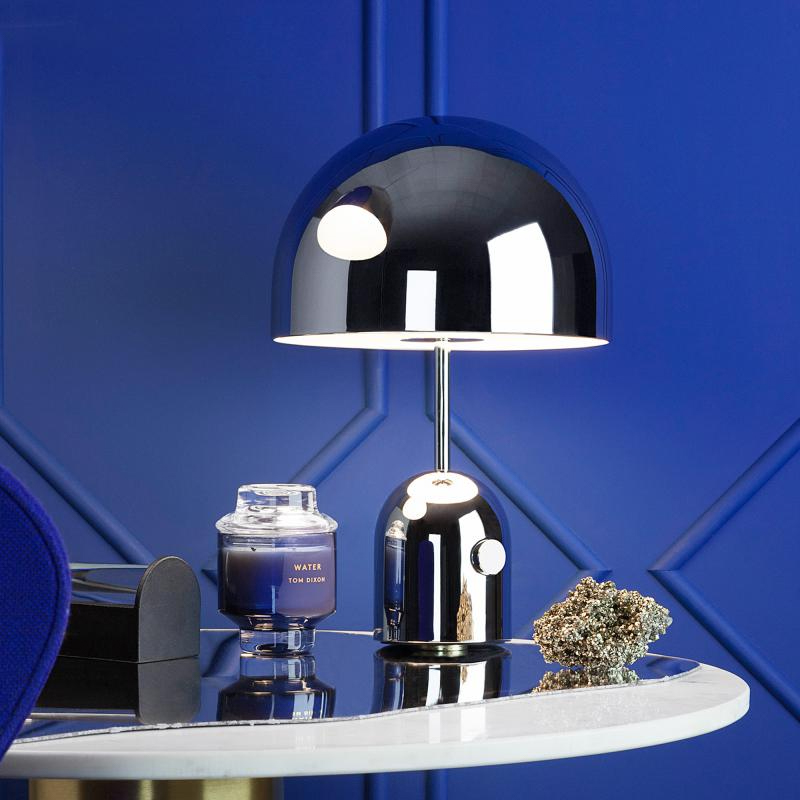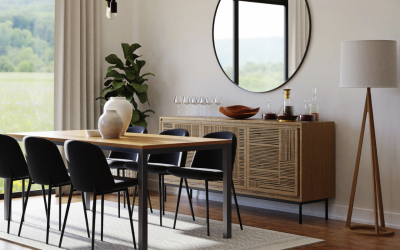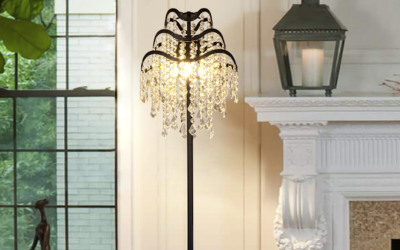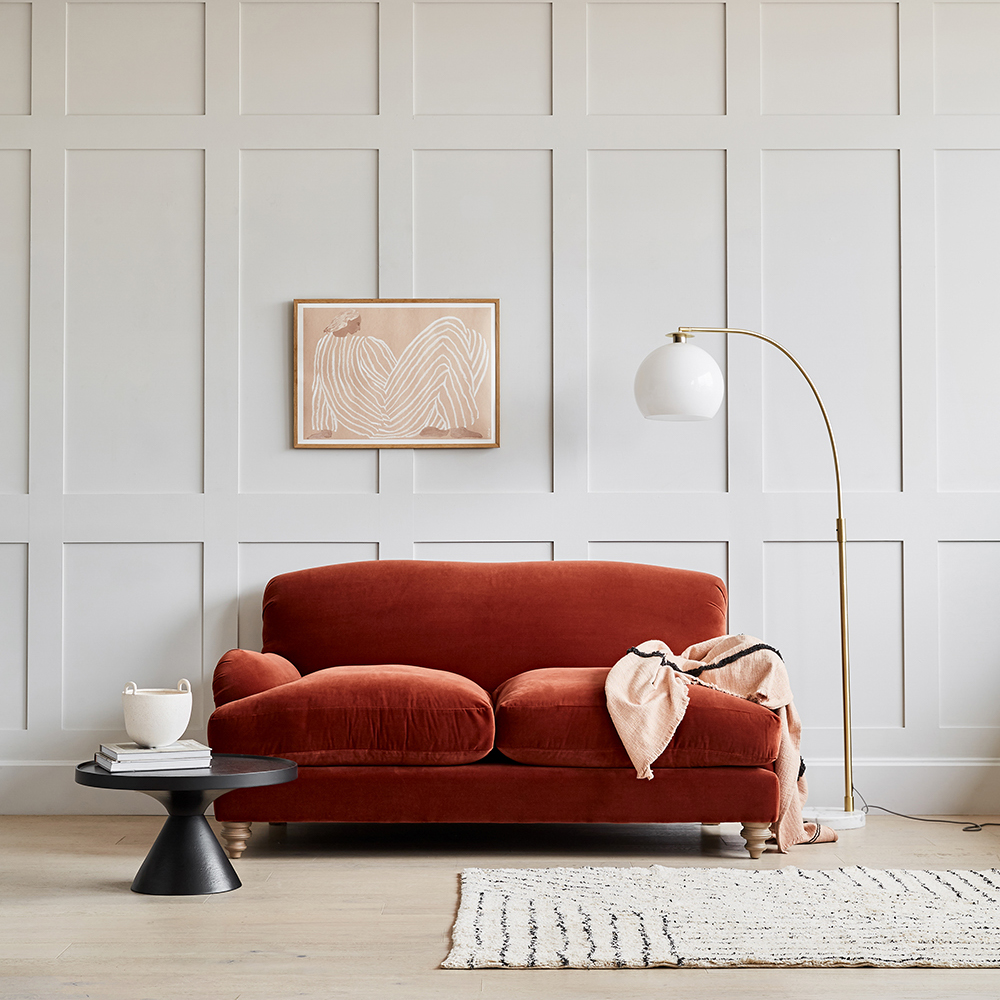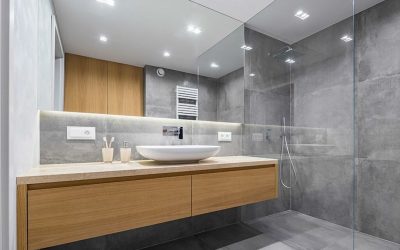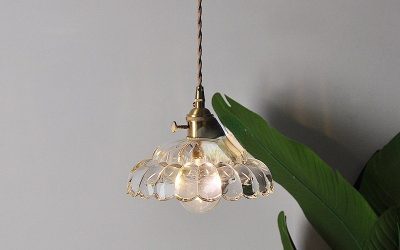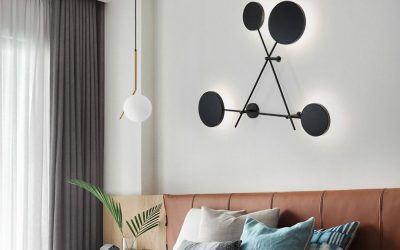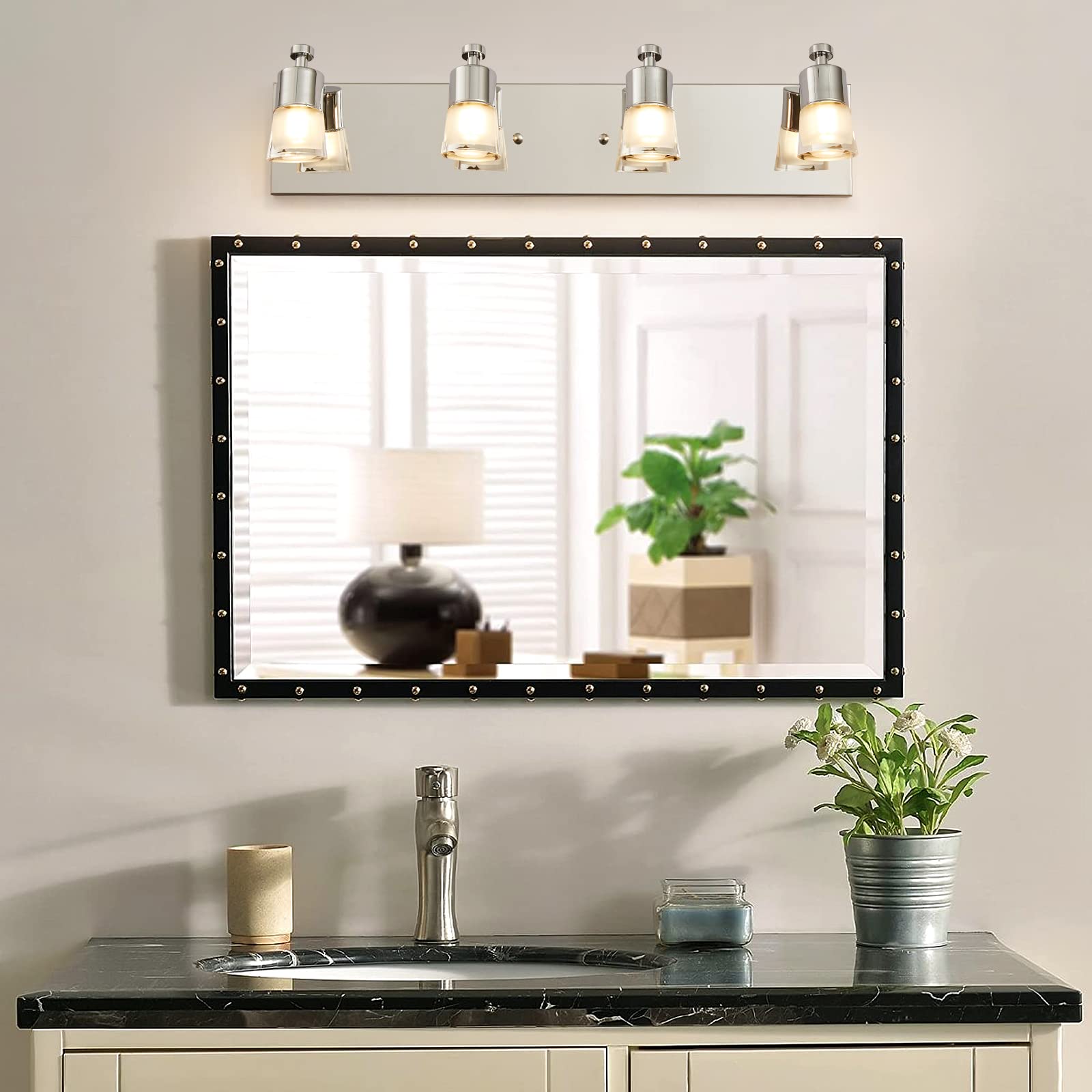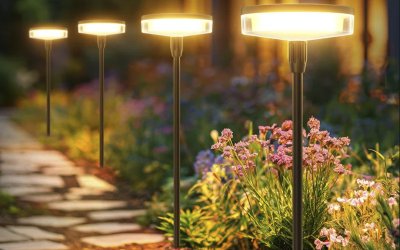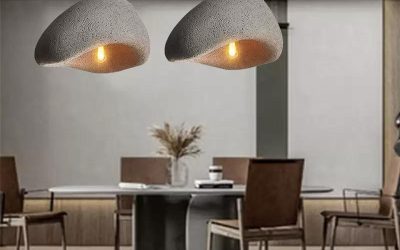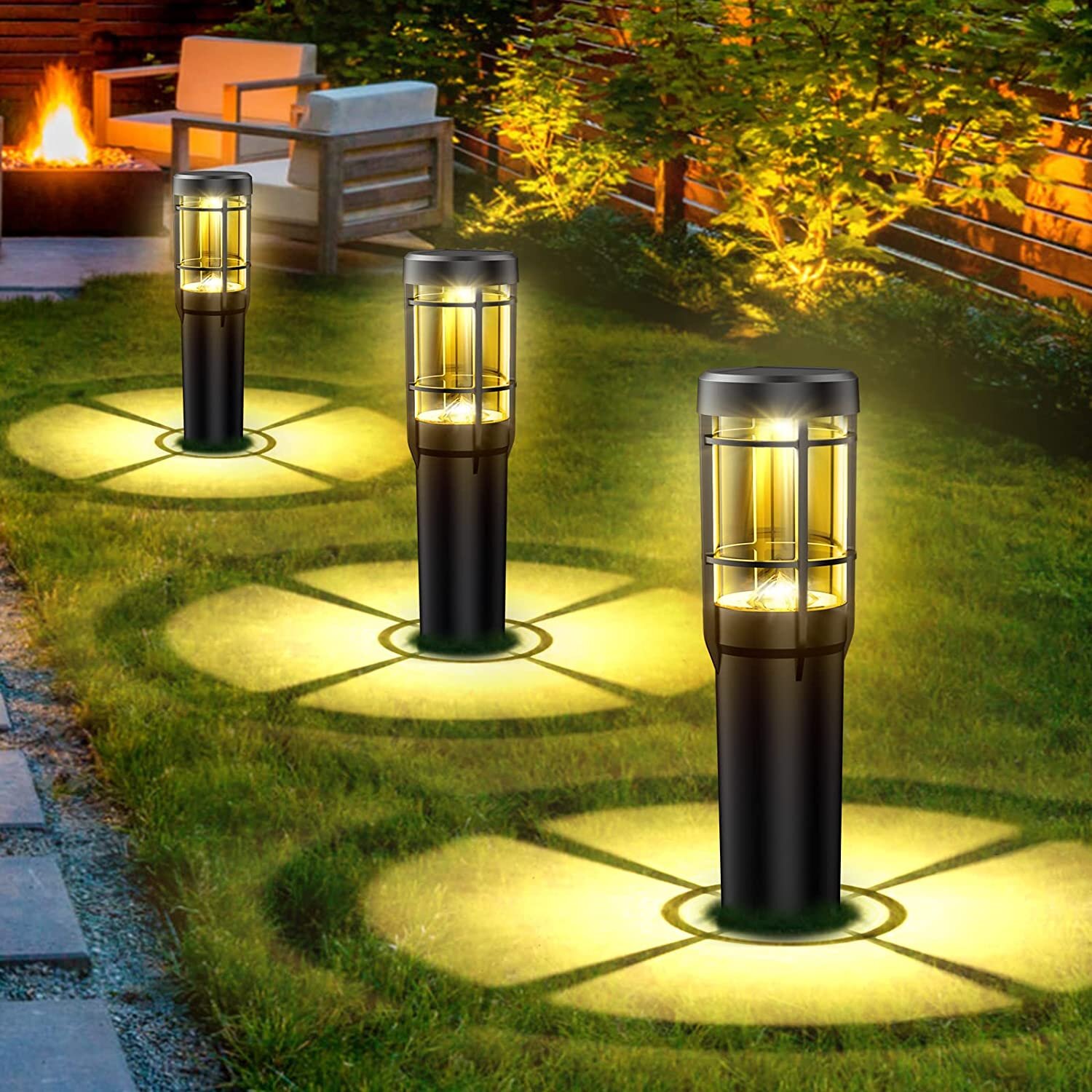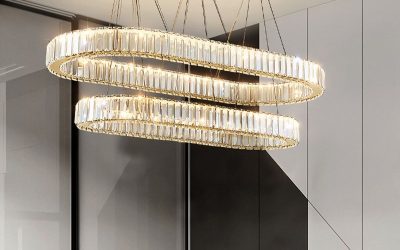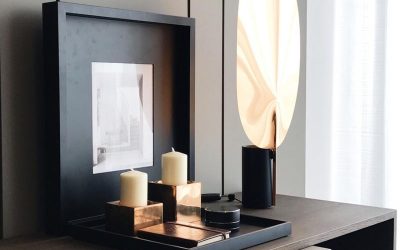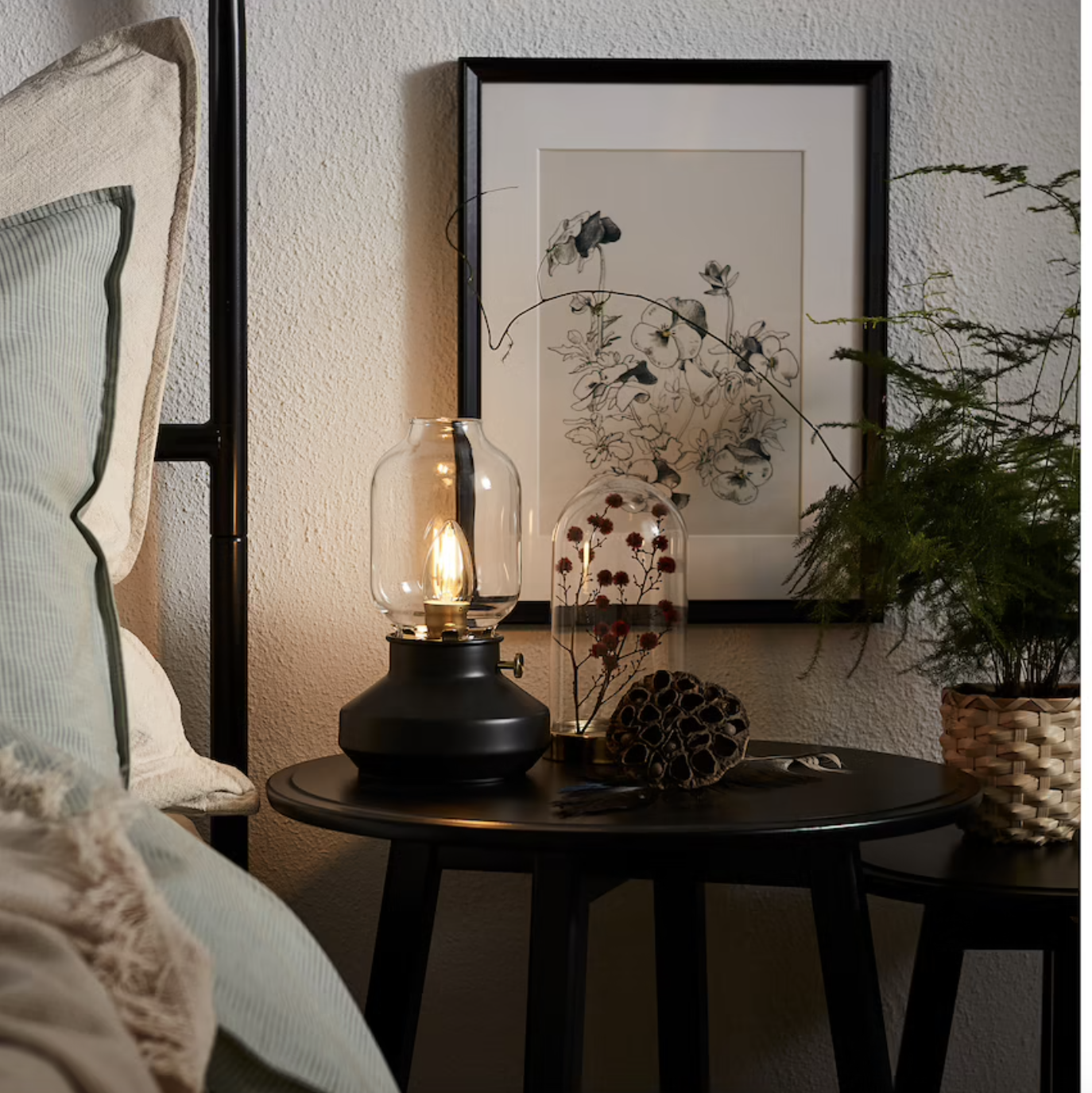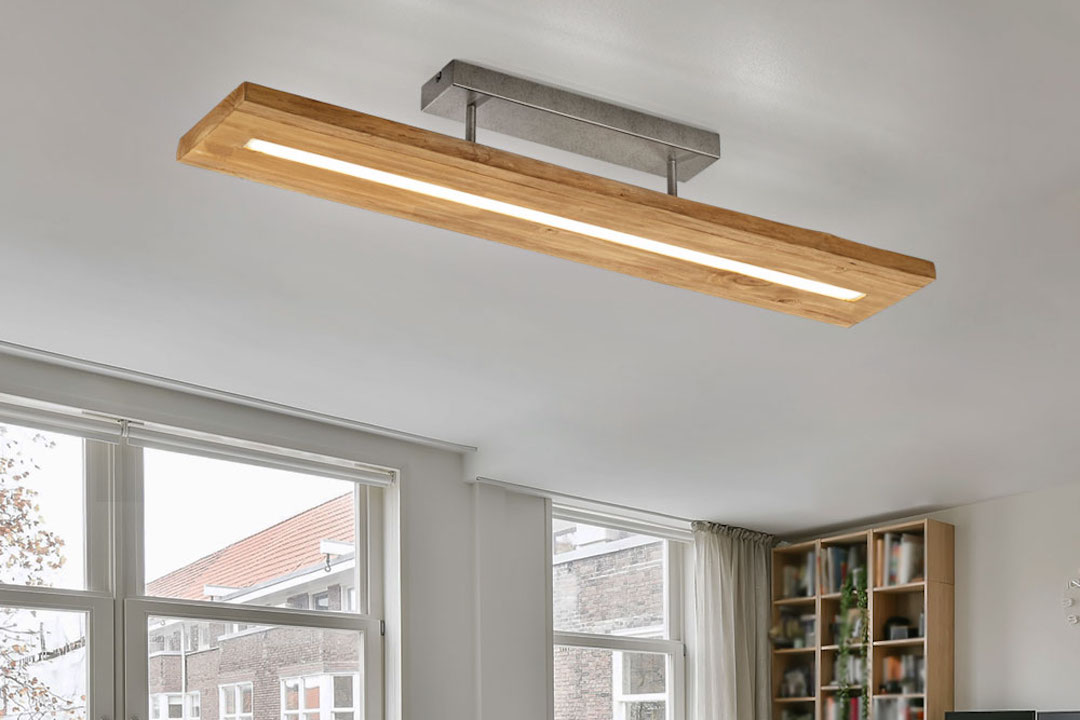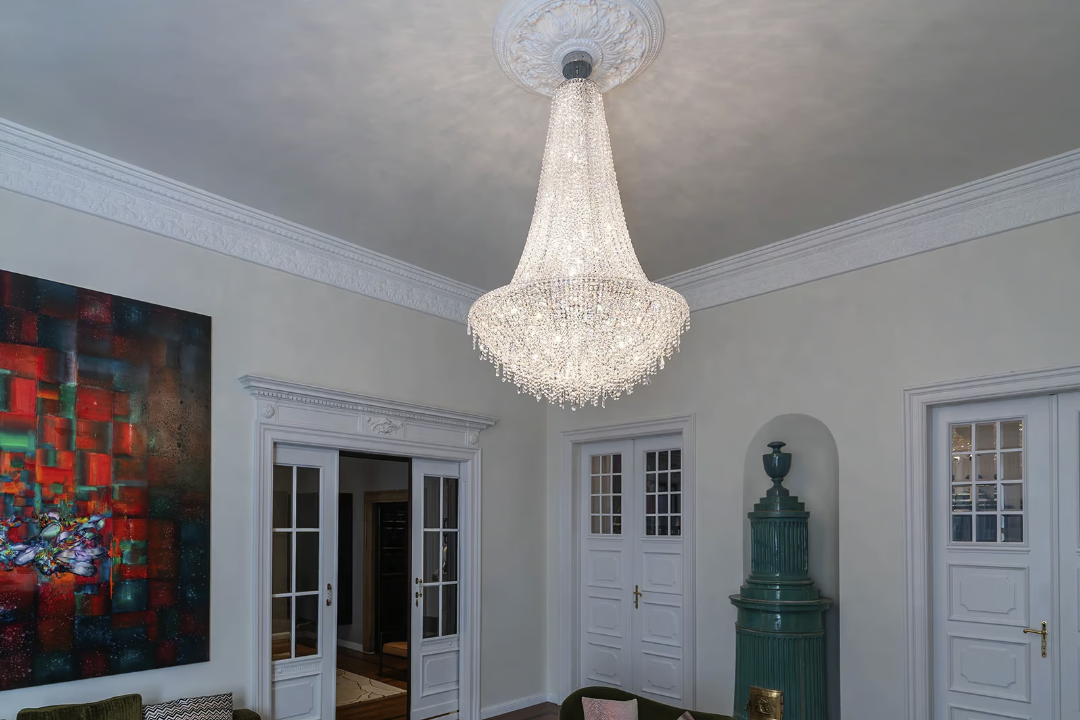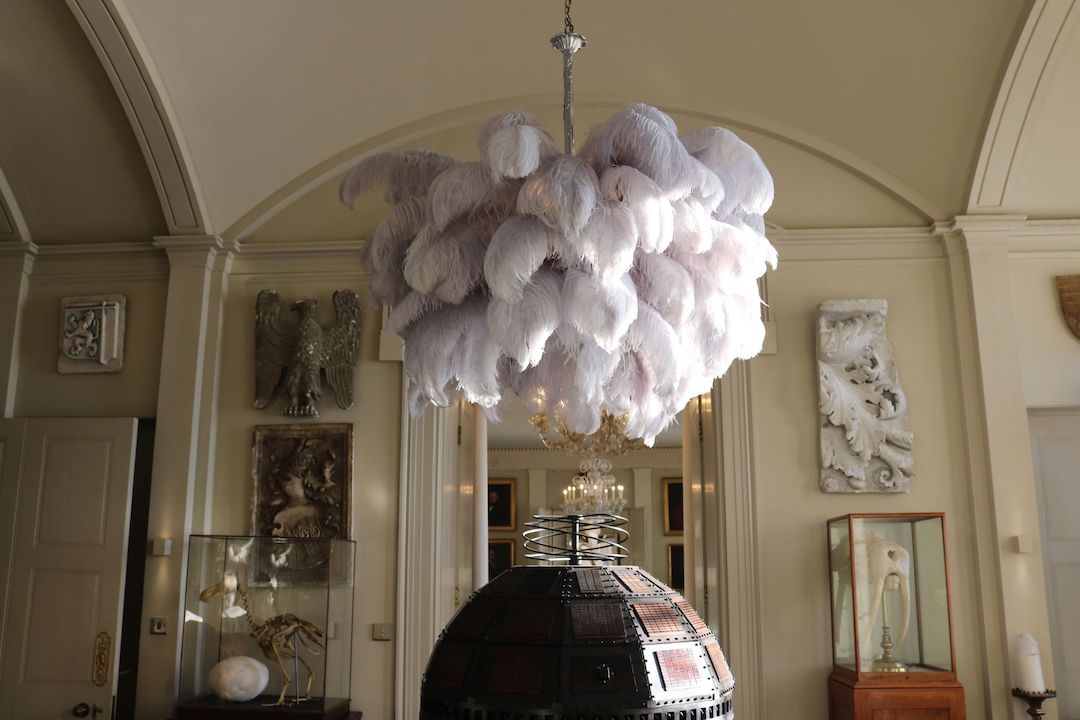The Japanese style wood LED ceiling lamp is a harmonious blend of traditional craftsmanship and modern technology, embodying the essence of Japanese design philosophy. Characterized by clean lines, natural materials, and a minimalist aesthetic, these lamps serve not only as functional lighting solutions but also as artistic statements that enhance the ambiance of any space. The use of wood, a material deeply rooted in Japanese culture, adds warmth and texture, while the integration of LED technology ensures energy efficiency and longevity.
This unique combination makes the Japanese style wood LED ceiling lamp Muyedesign an appealing choice for those seeking to create a serene and inviting atmosphere in their homes. In recent years, there has been a growing appreciation for Japanese design principles, particularly in the realm of interior decor. The simplicity and elegance of these lamps reflect the broader trends in contemporary design that prioritize sustainability and mindfulness.
As more people become aware of the impact of their choices on the environment, the demand for products that marry traditional aesthetics with modern functionality has surged. The Japanese style wood LED ceiling lamp stands at the intersection of these two worlds, offering a solution that is both beautiful and practical.
The History of Japanese Woodworking and Lighting
The Art of Traditional Techniques
Traditional techniques such as joinery, which involves fitting pieces of wood together without the use of nails or screws, showcase the skill and precision of Japanese artisans. This method not only enhances the structural integrity of wooden objects but also allows for a seamless aesthetic that is highly valued in Japanese culture.
A Reverence for Natural Materials
The reverence for natural materials is evident in the way wood is selected and treated, often highlighting its unique grain patterns and textures. Lighting in Japan has evolved alongside its woodworking traditions. Historically, lanterns made from paper and wood were used to illuminate homes and temples, creating a soft, diffused light that fostered a sense of tranquility.
Embracing Imperfection and Transience
These early lighting solutions were often designed with an emphasis on harmony with their surroundings, reflecting the principles of wabi-sabi, which celebrates imperfection and transience. As Japan modernized, the introduction of electric lighting transformed how spaces were illuminated, yet many designers sought to retain the essence of traditional aesthetics in their creations.
A Modern Take on Traditional Style
This historical context sets the stage for the contemporary Japanese style wood LED ceiling lamp, which draws inspiration from these age-old practices while embracing modern advancements.
The Modern Design and Technology of LED Ceiling Lamps
The advent of LED technology has revolutionized the lighting industry, offering numerous advantages over traditional incandescent and fluorescent bulbs. LED lights are known for their energy efficiency, consuming significantly less power while providing the same level of brightness. This efficiency translates into lower electricity bills and a reduced carbon footprint, making them an environmentally friendly choice.
Additionally, LEDs have a longer lifespan, often lasting up to 25 times longer than incandescent bulbs, which means less frequent replacements and less waste. Incorporating LED technology into Japanese style wood ceiling lamps has allowed designers to create innovative lighting solutions that maintain the aesthetic appeal of traditional designs while enhancing functionality. Modern LED ceiling lamps often feature adjustable brightness levels and color temperatures, allowing users to customize their lighting experience according to their needs.
This adaptability is particularly beneficial in spaces where different activities take place, such as dining or reading. Furthermore, many contemporary designs incorporate smart technology, enabling users to control their lighting remotely via smartphones or voice-activated devices. This fusion of traditional craftsmanship with cutting-edge technology exemplifies how modern design can honor historical influences while meeting contemporary demands.
The Influence of Japanese Aesthetics on Interior Design
Japanese aesthetics have had a profound impact on interior design worldwide, characterized by principles such as simplicity, naturalness, and a deep appreciation for craftsmanship. The concept of “ma,” or negative space, plays a crucial role in creating balance and harmony within a room. This principle encourages designers to consider not just the objects within a space but also the spaces between them, fostering an environment that feels open and inviting.
The minimalist approach inherent in Japanese design often leads to uncluttered spaces that promote tranquility and mindfulness. Incorporating elements of Japanese aesthetics into interior design can transform a home into a sanctuary. Natural materials like wood, stone, and paper are frequently used to create a sense of connection with nature, while muted color palettes evoke calmness and serenity.
The Japanese style wood LED ceiling lamp embodies these principles by serving as both a functional light source and a decorative element that enhances the overall aesthetic of a room. By choosing such lamps, homeowners can infuse their spaces with a sense of peace and elegance that reflects the beauty of Japanese design.
The Benefits of Using LED Lighting in Traditional Japanese Style
The integration of LED lighting into traditional Japanese style offers numerous benefits that align with both contemporary needs and historical values. One significant advantage is energy efficiency; LEDs consume far less electricity than traditional bulbs while providing superior illumination. This efficiency not only reduces energy costs but also aligns with Japan’s cultural emphasis on sustainability and respect for nature.
By choosing LED lighting solutions, individuals can contribute to environmental conservation while enjoying beautifully lit spaces. Moreover, LED lights emit less heat compared to incandescent bulbs, making them safer for use in wooden fixtures commonly found in traditional Japanese designs. This characteristic minimizes the risk of fire hazards associated with overheating, allowing homeowners to enjoy their lighting without concern.
Additionally, LEDs are available in various color temperatures, enabling users to select warm tones that complement the natural beauty of wood while creating an inviting atmosphere reminiscent of traditional Japanese homes. The combination of safety, efficiency, and aesthetic appeal makes LED lighting an ideal choice for those looking to embrace traditional Japanese style without compromising on modern conveniences.
How to Incorporate Japanese Style Wood LED Ceiling Lamps in Your Home
Harmonizing with Existing Decor
Incorporating Japanese style wood LED ceiling lamps into your home can be achieved through thoughtful design choices that reflect both personal taste and cultural appreciation. One effective approach is to select lamps that resonate with existing decor while enhancing the overall aesthetic. For instance, if your home features minimalist furnishings with natural wood accents, choosing a lamp with similar materials and finishes can create a cohesive look that ties the space together.
Strategic Placement for Optimal Ambiance
Placement is another critical factor when integrating these lamps into your home. In living areas or dining rooms, positioning the lamp centrally can serve as a focal point while providing ample illumination for gatherings or relaxation. In bedrooms or study areas, opting for softer lighting options can create a calming environment conducive to rest or concentration.
Layering Light Sources for Flexibility
Additionally, layering different light sources—such as floor lamps or wall sconces—can enhance the overall ambiance while allowing for flexibility in lighting levels throughout the day.
Maintenance and Care Tips for Japanese Style Wood LED Ceiling Lamps
Maintaining Japanese style wood LED ceiling lamps requires attention to both the wooden components and the LED technology itself to ensure longevity and optimal performance. Regular dusting is essential to prevent buildup on both the wood surface and light fixtures; using a soft cloth or microfiber duster can help preserve the finish without causing scratches or damage. For deeper cleaning, it is advisable to use a damp cloth followed by immediate drying to avoid moisture damage to the wood.
In terms of care for the LED components, it is important to periodically check connections and ensure that bulbs are functioning correctly. Most LED bulbs have long lifespans; however, if flickering or dimming occurs, it may be time to replace them. When replacing bulbs, selecting high-quality LEDs compatible with your fixture will ensure continued performance and energy efficiency.
Additionally, avoiding exposure to direct sunlight can help prevent fading or discoloration of wooden surfaces over time.
Embracing Tradition and Modernity with Japanese Style Wood LED Ceiling Lamps
The journey through the world of Japanese style wood LED ceiling lamps reveals a fascinating interplay between tradition and modernity. These lamps not only illuminate spaces but also tell stories rooted in centuries-old craftsmanship and cultural values. By embracing this unique fusion of aesthetics and technology, individuals can create environments that reflect their appreciation for beauty while prioritizing sustainability.
As we navigate an increasingly fast-paced world, incorporating elements that promote tranquility and mindfulness becomes essential. The Japanese style wood LED ceiling lamp serves as a reminder of the importance of balance in our lives—between light and shadow, tradition and innovation. By choosing such pieces for our homes, we not only enhance our living spaces but also honor the rich heritage that inspires them.

